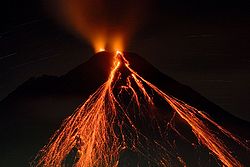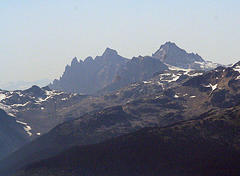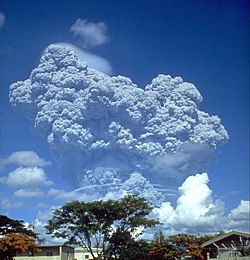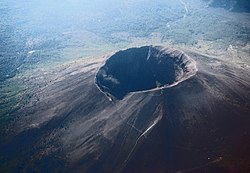Contents
- Africa
- Cameroon
- Democratic Republic of Congo
- Eritrea
- Ethiopia
- Kenya
- Rwanda
- Tanzania
- Atlantic Ocean
- Americas
- Caribbean
- Central America
- North America
- South America
- Antarctica
- Asia
- Western Asia
- South Asia
- Southeast Asia
- East Asia
- Northern Asia
- Europe
- Central Europe
- Western Europe
- Southern Europe
- Caucasus
- Oceania
- French Polynesia
- Northern Mariana Islands
- Australia
- New Zealand
- Papua New Guinea
- Solomon Islands
- See also
- References
- External links
A list of stratovolcanoes follows below.






















